Kategorien
- Thermische Massendurchflussmessgeräte
- Positive Verdrängungsdurchflussmesser
- Mass Flow Meter / Controller
- Coriolis-Durchflussmessgeräte
- Magnetische Durchflussmessgeräte
- Vortex-Durchflussmessgeräte
- Turbinen-Durchflussmessgeräte
- Ultraschall-Gasdurchflussmesser
- Differenzdruck-Durchflussmessgeräte
- Rotameter Durchflussmesser
Bewerbungen
- Öl-Durchflussmessgeräte
- Gasdurchflussmessgeräte
- Dampfdurchflussmessgeräte
- Wasserdurchflussmessgeräte
Others
Turbinen-Durchflussmessgeräte
Funktionsprinzip von Turbinendurchflussmessern
Turbinendurchflussmesser arbeiten, indem sie die Geschwindigkeit der durch ein Rohr strömenden Flüssigkeit erfassen, die eine Turbine oder einen Rotor im Durchflussrohr in Drehung versetzt. Die Rotationsgeschwindigkeit des Rotors, die direkt proportional zur Durchflussmenge der Flüssigkeit ist, wird von (magnetischen oder optischen) Sensoren gemessen, die außerhalb des Rohrs angebracht sind. Diese Sensoren erzeugen elektrische Impulse, die den Umdrehungen des Rotors entsprechen und dann von einem Durchflussmessgerät in eine ablesbare Durchflussmenge umgewandelt werden, die in Einheiten wie Liter pro Minute (LPM) oder Gallonen pro Minute (GPM) angezeigt wird.
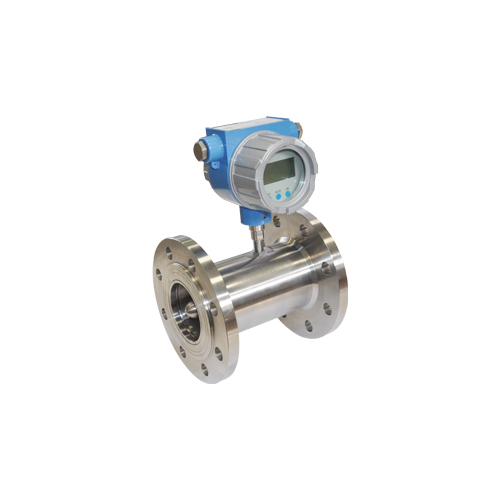
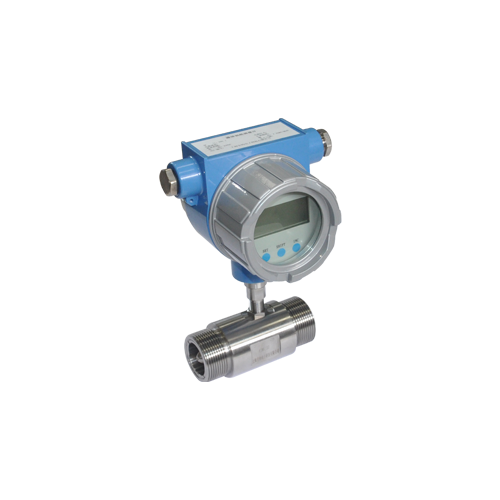
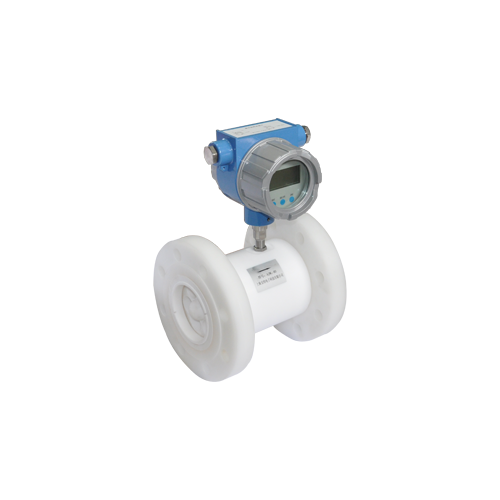
Hochpräziser Turbinen-Durchflussmesser für Flüssigkeiten (LWGYMT-AJWL)
Genauigkeit
±0,2 %; ±0,5 %
Messbereich
0,004 bis 1800 m³/h
Mittlerer Temperaturbereich
Standard: -196 bis 180 °C (-320,8 bis +356 °F)
Max. Prozessdruck
350 bar
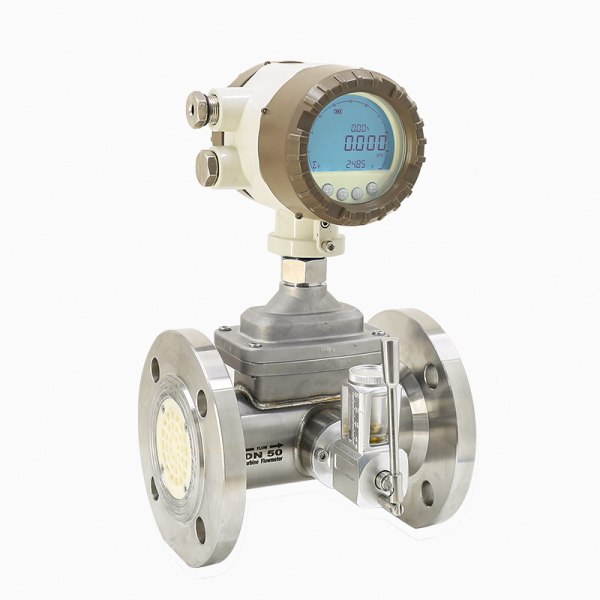
Hochpräzise Turbinengasdurchflussmesser (LWGYMT-ES)
Genauigkeit
±1,0%; ±1,5%
Messbereich
4 bis 13000 m³/h
Mittlerer Temperaturbereich
Standard: -25°C~+55°C (-13 bis +131 °F)
Max. Prozessdruck
63 bar (913,74 psi)
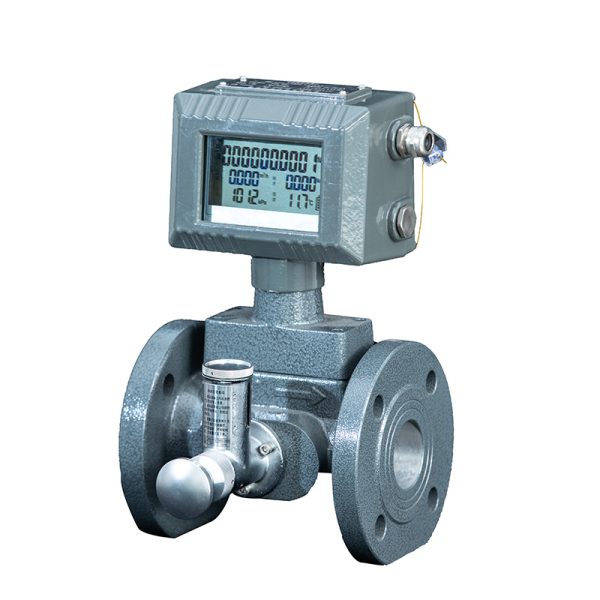
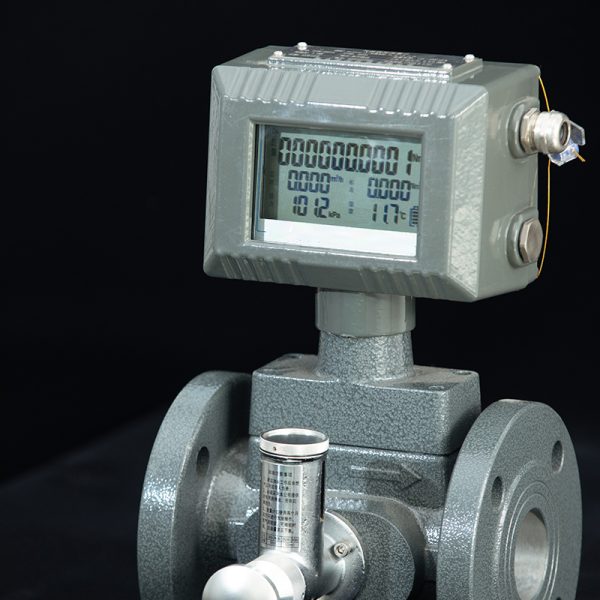
Durchflussmessgeräte für Gasturbinen (LWGYMT-G)
Genauigkeit
±1,5 %
Messbereich
2 bis 1000 m³/h
Mittlerer Temperaturbereich
Standard: -20 BIS 120 °C (-4 bis +248 °F)
Max. Prozessdruck
63 bar (913,74 psi)
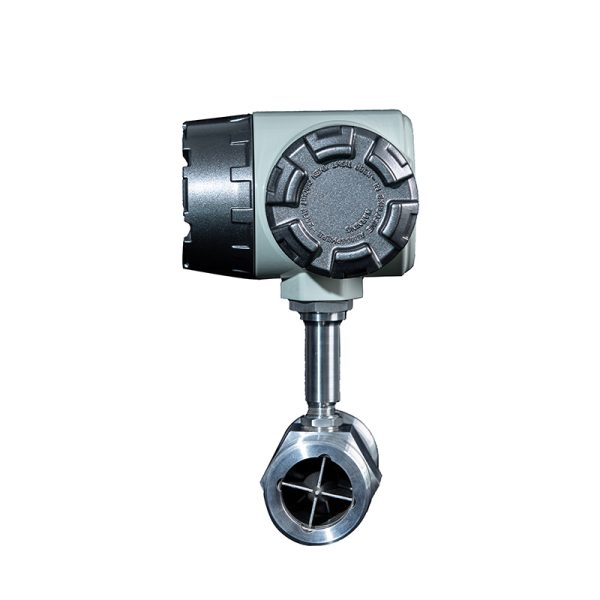
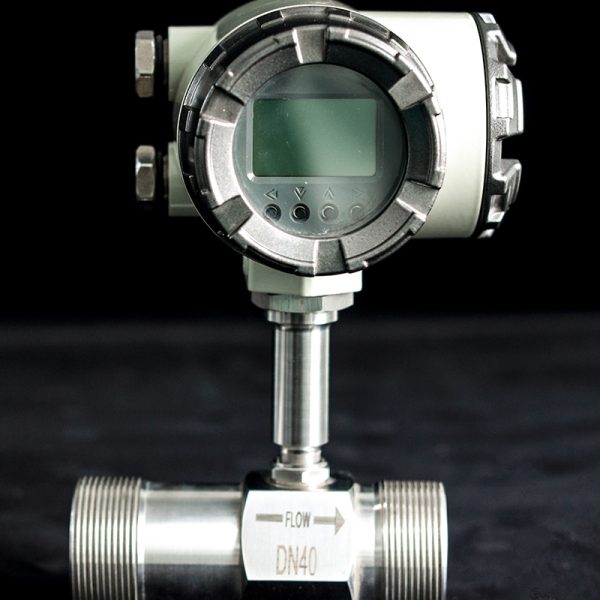
Turbinen-Durchflussmesser für Flüssigkeiten (LWGYMT-100)
Genauigkeit
Standard: ±1 %, optional: ±0,5 %
Messbereich
0,04 bis 800 m³/h
Mittlerer Temperaturbereich
Standard: -20 BIS 120 °C (-4 bis +248 °F)
Max. Prozessdruck
250 bar (3625,95 psi)
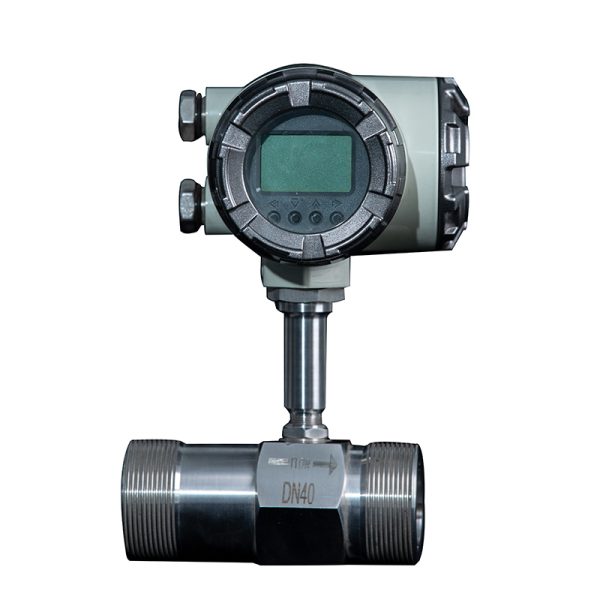
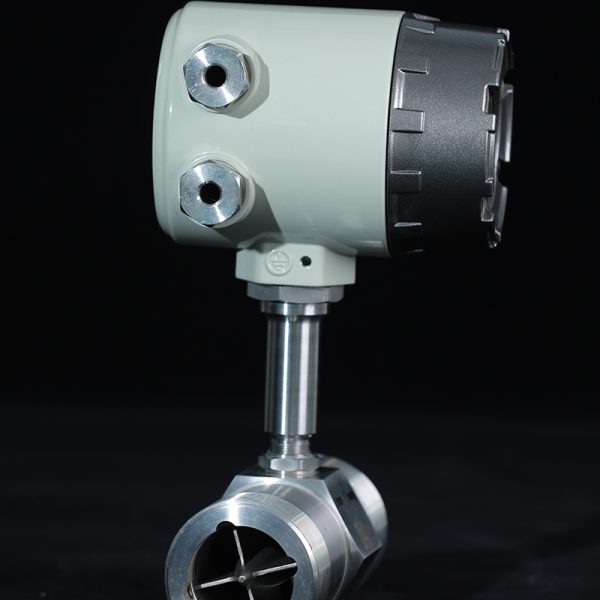
Turbinen-Durchflussmesser für Flüssigkeiten mit niedrigem Durchfluss (LWGYMT-F)
Genauigkeit
Standard: ±1 %, optional: ±0,5 %
Messbereich
0,04 bis 200 m³/h
Mittlerer Temperaturbereich
Standard: -20 BIS 120 °C (-4 bis +248 °F)
Max. Prozessdruck
160 bar (2320,6 psi)
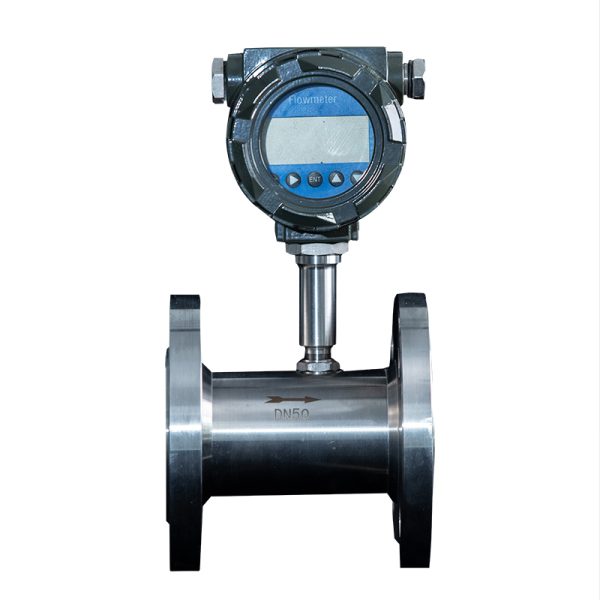
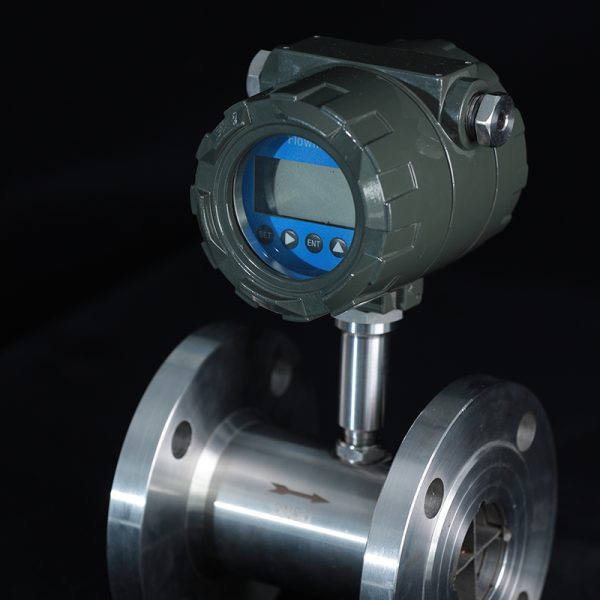
Hochdruck-Flüssigkeitsturbinen-Durchflussmesser (LWGYMT-P)
Genauigkeit
Standard: ±1 %, optional: ±0,5 %
Messbereich
0,4 bis 800 m³/h
Mittlerer Temperaturbereich
Standard: -20 BIS 120 °C (-4 bis +248 °F)
Max. Prozessdruck
250 bar (3625,95 psi)
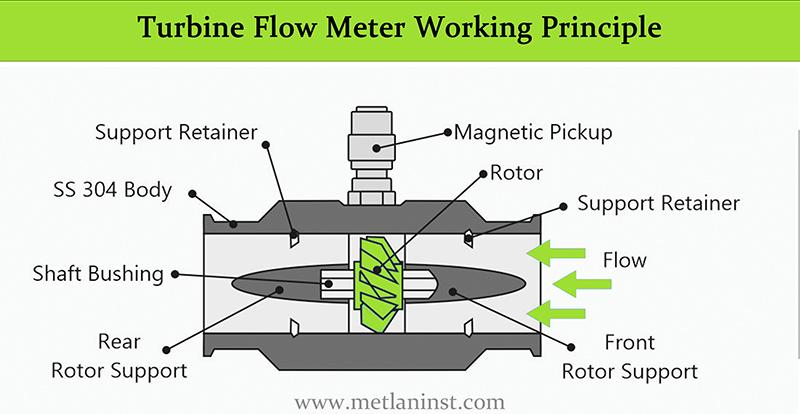
Vorteile und Nachteile von Turbinendurchflussmessern
Vorteile
- Hohe Genauigkeit zu einem günstigen Preis
- Schnelle Reaktionszeit
- Einfach zu installieren und zu warten
- Niedriger Druckabfall
- Kann niedrige Durchflussraten messen
Benachteiligungen
- Nur saubere und niedrigviskose Flüssigkeiten
- Für die Genauigkeit müssen die Rohre konstant voll sein
- Gerade Rohrleitungen zur Verringerung von Strömungsturbulenzen
- Bei einigen Modellen sollten eisenhaltige und magnetische Partikel im Vorfeld herausgefiltert werden.
Anschlussarten von Turbinendurchflussmessern
Flanschverbindung
Flanschanschlüsse sind die am häufigsten verwendete Art von Turbinendurchflussmessern, insbesondere in der Industrie. Der Zähler wird mit Hilfe von Flanschen, die miteinander verschraubt werden, an der Rohrleitung befestigt, um eine sichere und dichte Verbindung zu gewährleisten. Diese Art der Verbindung ist sehr zuverlässig und eignet sich für Anwendungen mit hohem Druck und hohen Temperaturen. Flanschverbindungen werden in der Regel in größeren Rohrleitungen verwendet, in denen Haltbarkeit und eine starke Abdichtung erforderlich sind.Anschluss mit Gewinde
Bei Gewindeverbindungen wird der Turbinendurchflussmesser mit Gewindeenden direkt in die Rohrleitung geschraubt. Dieser Typ wird üblicherweise für kleinere Rohrleitungen und Anwendungen mit niedrigem bis mittlerem Druck verwendet. Gewindeanschlüsse sind einfacher zu installieren und zu entfernen, was sie zu einer kostengünstigen Option für kleinere Systeme oder Anwendungen macht, bei denen der Zähler häufig entfernt oder ausgetauscht werden muss.Clamp-On-Verbindung
Bei Clamp-On-Anschlüssen wird der Turbinendurchflussmesser mit Schellen an der Außenseite einer Rohrleitung befestigt, was eine unauffällige Installation ermöglicht. Bei diesem Typ ist es nicht erforderlich, in das Rohr zu schneiden oder den Durchfluss zu unterbrechen, was ihn ideal für Anwendungen macht, bei denen das Rohr intakt bleiben muss oder wenn korrosive oder gefährliche Flüssigkeiten gemessen werden. Clamp-On-Anschlüsse sind einfach zu installieren, zu warten und zu verlegen, können aber aufgrund des indirekten Messansatzes eine etwas geringere Genauigkeit als Flansch- oder Gewindeanschlüsse bieten.
Verfügbare Medien von Turbinendurchflussmessern
Turbinen-Durchflussmesser sind vielseitig einsetzbar und können verschiedene Flüssigkeiten messen, darunter:
- Flüssig: Wasser, leichte Öle, Kraftstoffe, Alkohole, Lösungsmittel und andere Flüssigkeiten mit niedriger Viskosität.
- Gase: Erdgas, Druckluft, Stickstoff und andere saubere Gase.
Anwendungen von Turbinendurchflussmessern
- Öl- und Gasindustrie
- Wasser- und Abwassermanagement
- Chemische und petrochemische Industrie
- Pharmazeutische Industrie
- Lebensmittel- und Getränkeindustrie
- HVAC-Systeme
- Luft- und Raumfahrt und Automobilindustrie
Gasdurchflussmessgeräte | Pitot Tube Flow Meters | Flow Meter Controllers | Coriolis-Durchflussmessgeräte | Ultraschall-Gasdurchflussmessgeräte | Magnetische Durchflussmessgeräte | Vortex-Durchflussmessgeräte | Thermische Massendurchflussmessgeräte | Differenzdruck-Durchflussmessgeräte
